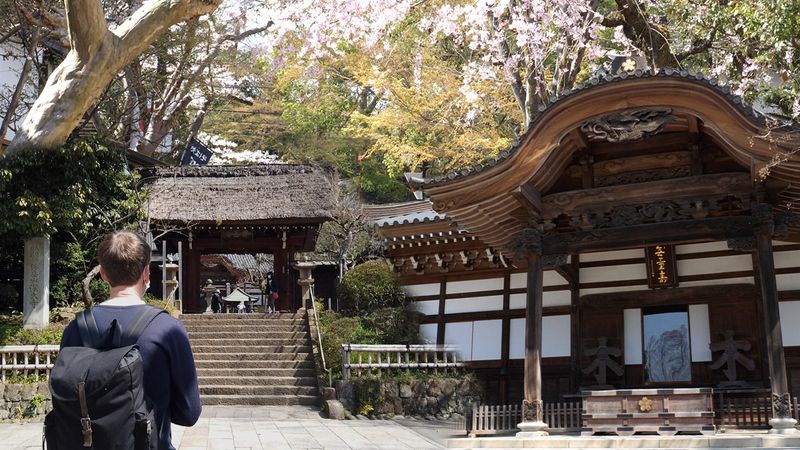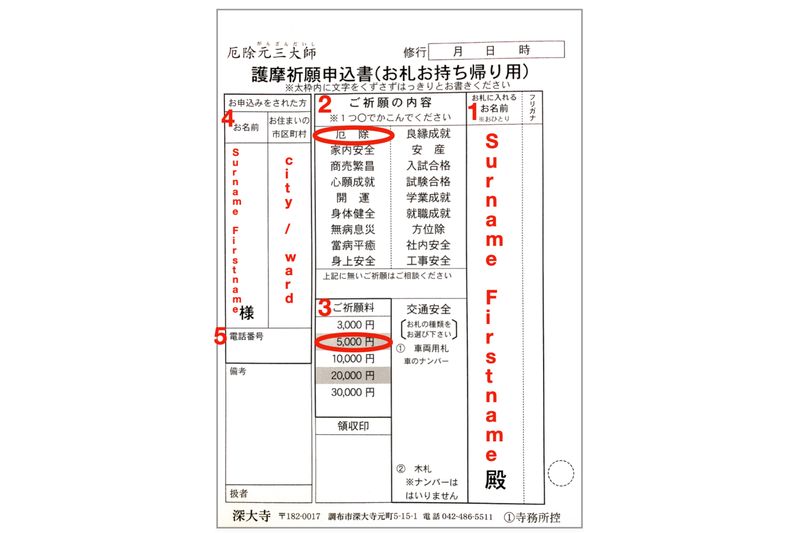Apr 28, 2021
Seeking the Jindaiji experience in and around Jindaiji Temple, Chofu

One of the oldest temples in Tokyo, the around 1,300-year-old Jindaiji Temple in the city of Chofu is the center around which revolves a world far removed from any images one might have of the Japanese capital. And here, in this world, a “Jindaiji experience” has the potential to take a variety of forms, such is the scope of things.
(Production from Travel DX Co., Ltd. ( https://www.traveldx.jp/ ))
Before even getting into the finer details of what the Jindaiji area has to offer though, for some, an aimless wander might be the most fitting Jindaiji experience. Even the most aimless of wanders needs to start somewhere though, and the southwestern end of Jindaiji Temple’s sando approach will surely get things off to a fine start.
The quaint street is host to a quiet collection of eateries and stores housed in traditional buildings over which cherry trees bloom in spring and between which the area’s celebrated waters flow.
At the end of the sando rises Jindaiji Temple’s proud gate, the sanmon. Standing in front of the impressive gate (at over 300 years old, the oldest of the temple’s original structures) the wanderer is free to continue straight and into the temple precincts, or to make a choice between left and right to explore the leafy streets and pathways that circumnavigate this peaceful area, taking in streams, waterwheels, statues and smaller temple structures.
Many people come to the Jindaiji area looking to satisfy their appetite … for soba noodles. The Jindaiji area has enjoyed a relationship with these noodles for around 400 years -- the soil around the temple used to be suitable for growing the buckwheat from which soba noodles are made. Today the local noodles are reverently referred to as Jindaiji soba. One could make the case that for many the quintessential “Jindaiji experience” is based on little more than slurping down these noodles from one (or more) of the around 30 soba-noodle restaurants dotted around the area.
During our recent visit we dined at the soba restaurant Matsuba Chaya which sits at the top of a gentle slope climbing north of the temple grounds. From the restaurant diners have easy access this time to a “Jindai experience” -- a visit to the impressive and large Jindai Botanical Gardens, one of the entrances to which is just a few yards from Matsuba Chaya.
For an alternative and ever-so-colorful Jindaiji dining experience Kitaro Chaya, on the sando, is a shop and cafe themed around the world of the manga GeGeGe no Kitaro where visitors can feast on character-inspired sweets and take-out snacks. (We went for some steaming hot and sweet Medama no Oyaji man, manju.)
Those visitors to the Jindaiji area craving a creative experience might want to drop into Musashino Jindaiji Gama and see how they get on with the ceramic store’s raku-yaki experience. Choose from more than 100 ceramic pieces to paint and then have your efforts baked in the store’s working kiln to reveal your true artistry (or lack thereof)! Either way, the experience is plenty of fun and will result in a nothing-if-not-unique souvenir to take home.
Which leaves us with the Jindaiji Temple experience, the main event for many today. Pass through the sanmon gate and follow in the footsteps of some 1,300 years of history. Pay your respects at the main hall, read your fortune through omikuji, discover ancient treasures or, conversely, be cleansed of a desire for worldly possessions courtesy of the by-turns haunting and enchanting gomadaki ritual.
Even within the Jindaiji Temple experience itself, the experiences are many.
Gomadaki rituals at Jindaiji Temple
Gomadaki rituals take place at Jindaiji Temple’s Ganzandaishi Hall according to a predetermined schedule -- see the Jindaiji Temple homepage (https://www.jindaiji.or.jp/en/) for ritual times.
At the time of writing, in order to help prevent the spread of the novel coronavirus, only those visitors who have ordered a gomafuda are permitted to join the gomadaki ritual. (Prior to the outbreak of the novel coronavirus visitors were free to join the ritual without having prepared gomafuda.)
A gomafuda is a wooden talisman on which a prayer or wish is written (to a specified end) along with the name of the person to whom it is being offered.
In order to purchase gomafuda visitors need to complete a short form, as pictured below. These forms can be found to the side of the Ganzandaishi Hall.

<Image only>
How to complete the form (based on above image):
1: Here write the name of the person to whom the prayer / wish is aimed at. That might be you (the person completing the form), in which case your name goes in here. The column to the right entitled フリガナ / furigana, is where the name is to be written in katakana characters.
2: In these two columns are listed a number of ends to which the prayer or wish can be aimed. Circle just one of them. Popular prayers / wishes include:
厄除 / Yakuyoke - a general prevention of bad occurrences, dispelling of bad things
家内安全 / Kanai anzen - safety and good health for family members
無病息災 / Mubyo sokusai - good health
良縁成就 / Ryouen jouju - meet a good match, e.g. marriage / life partner
学業成就 / Gakugyo jouju - realization of academic goals
就職成就 / Shushoku jouju - job hunting success
3: Select the value of the gomafuda to purchase. (Gomafuda vary in size depending on price.)
4: Name and city (and ward) of residence of the person filling out the form.
5: Contact telephone number.
*NB: Names, place of residence are written down the page, from top to bottom.
Completed forms are taken to the counter by the side of the hall where payment is made after which temple staff will prepare the gomafuda by writing the name and prayer / wish detailed in the form on the gomafuda itself. In principle, those who purchase gomafuda up to 20 minutes prior to a given gomadaki ritual will be able to receive the completed gomafuda immediately after the ritual. (Due to the influence of the novel coronavirus there may be cases where gomafuda cannot be returned on the same day.)
Gomafuda are typically taken home and placed with other spiritual items or objects of worship in the home, often on a special high-set shelf. Care should be taken such that gomafuda not be dropped or allowed to fall to the ground.
Seeking the Jindaiji experience: spot map
Jindaiji Temple
Address: 5-15-1 Jindaiji Motomachi, Chofu-shi, Tokyo
Web: http://www.jindaiji.or.jp/en
Musashino Jindaiji Gama
Address: 5-13-6 Jindaiji Motomachi, Chofu-shi, Tokyo
Web (Japanese): http://jindaijigama.com/index.html
Matsuba Chaya
Address: 5-11-3 Jindaiji Motomachi, Chofu-shi, Tokyo
Web (Japanese): https://www.matsuba-jindaiji.com/
Jindai Botanical Gardens
Address: 5-31-10 Jindaiji Motomachi, Chofu-shi, Tokyo
Web: http://www.tokyo-park.or.jp/park/format/index045.html
Kitaro Chaya
Address: 5-12-8 Jindaiji Motomachi, Chofu-shi, Tokyo
Web (Japanese): http://kitaro-chaya.jp/
This article was supported by Chofu City.



0 Comments